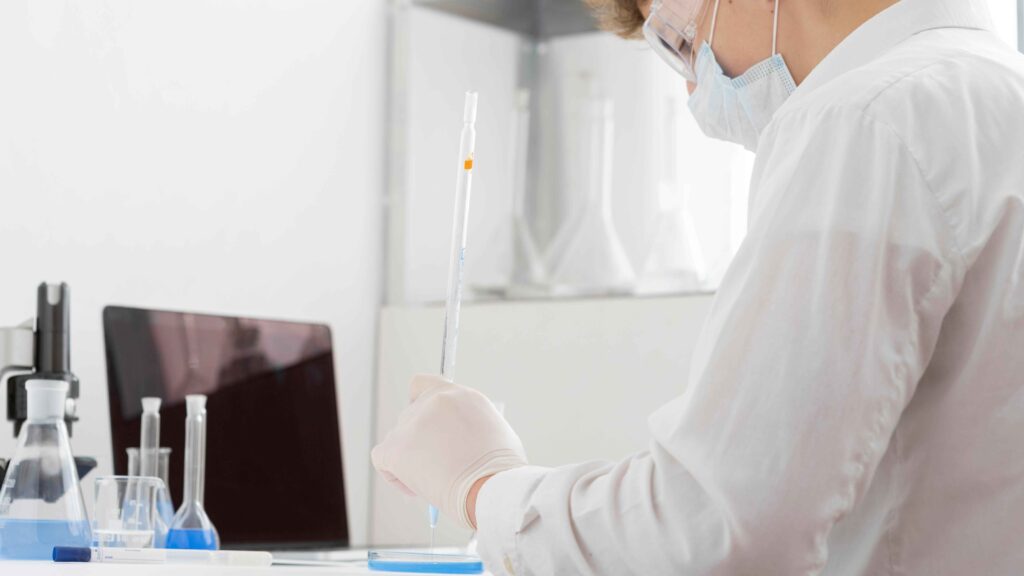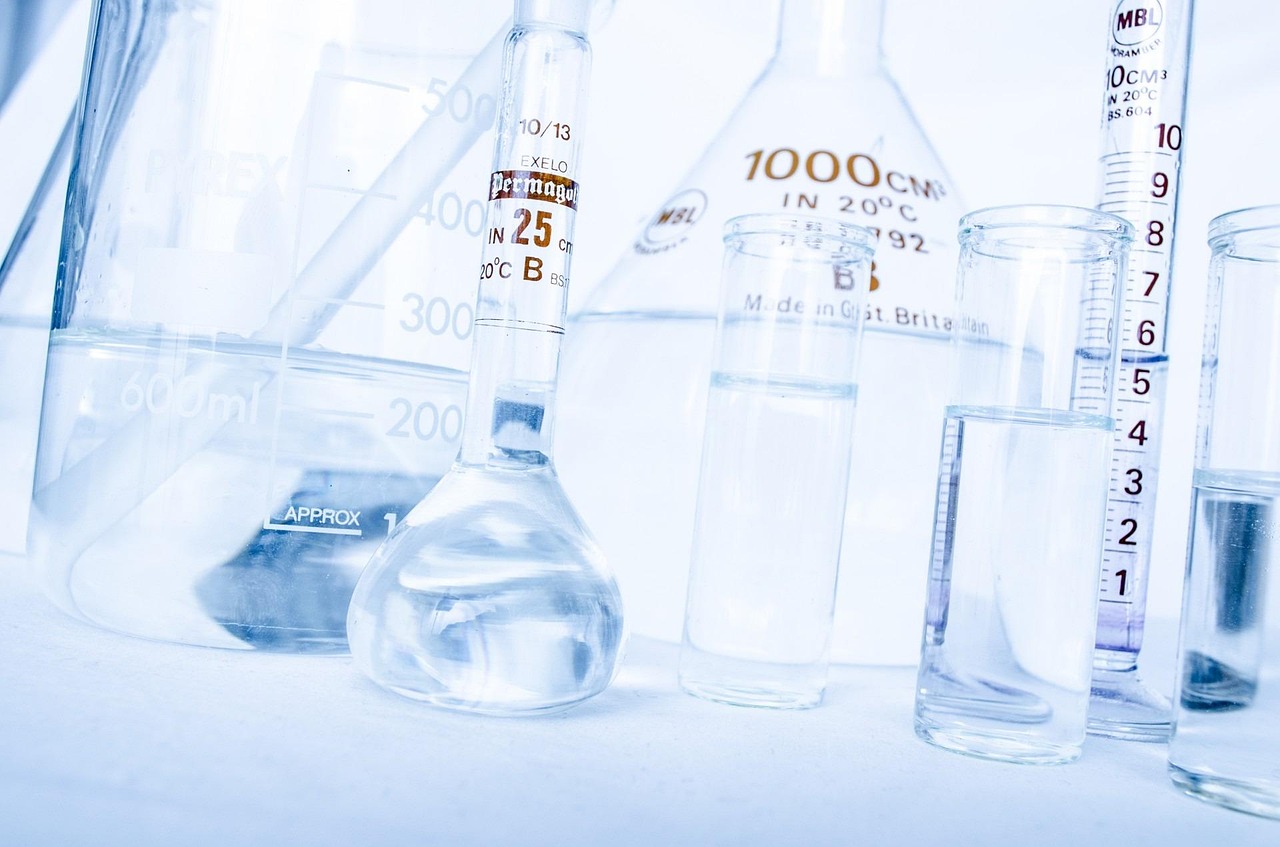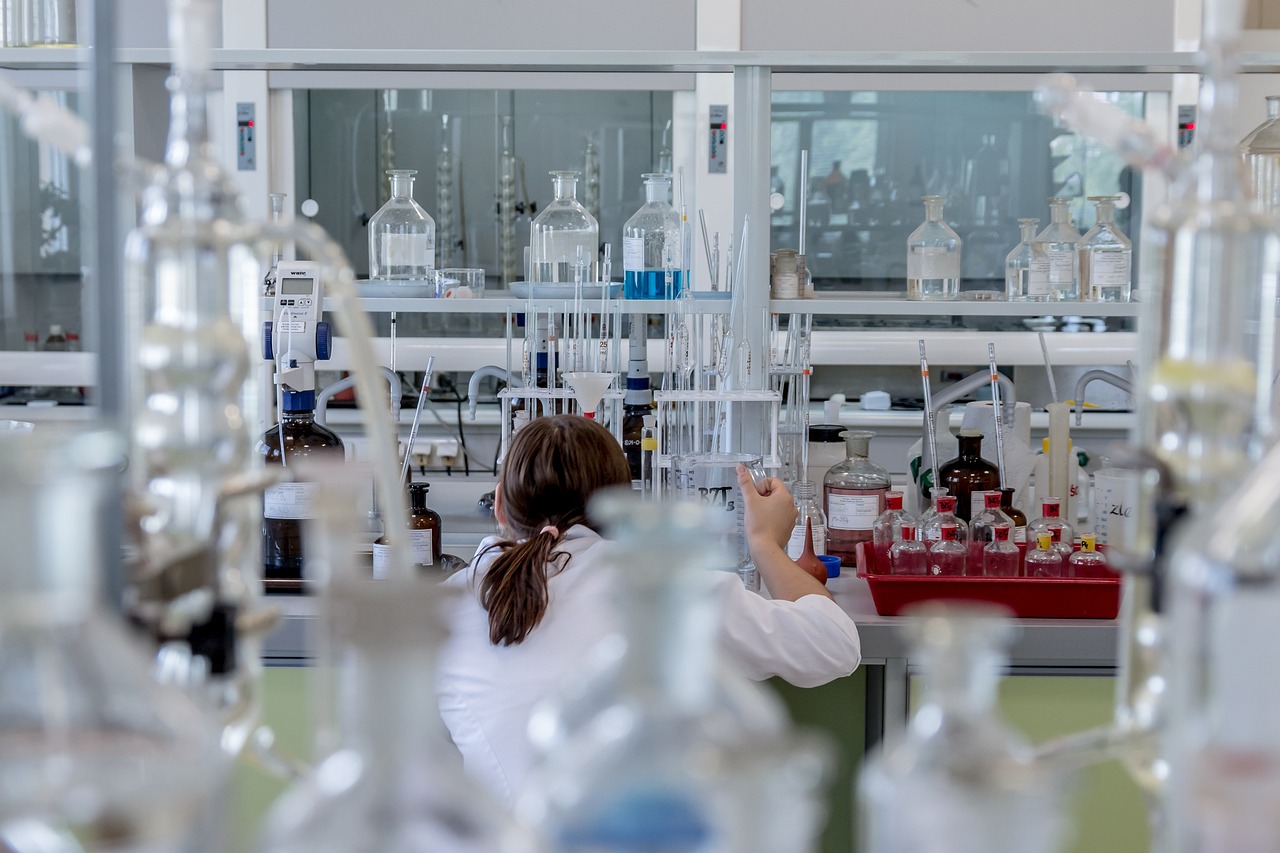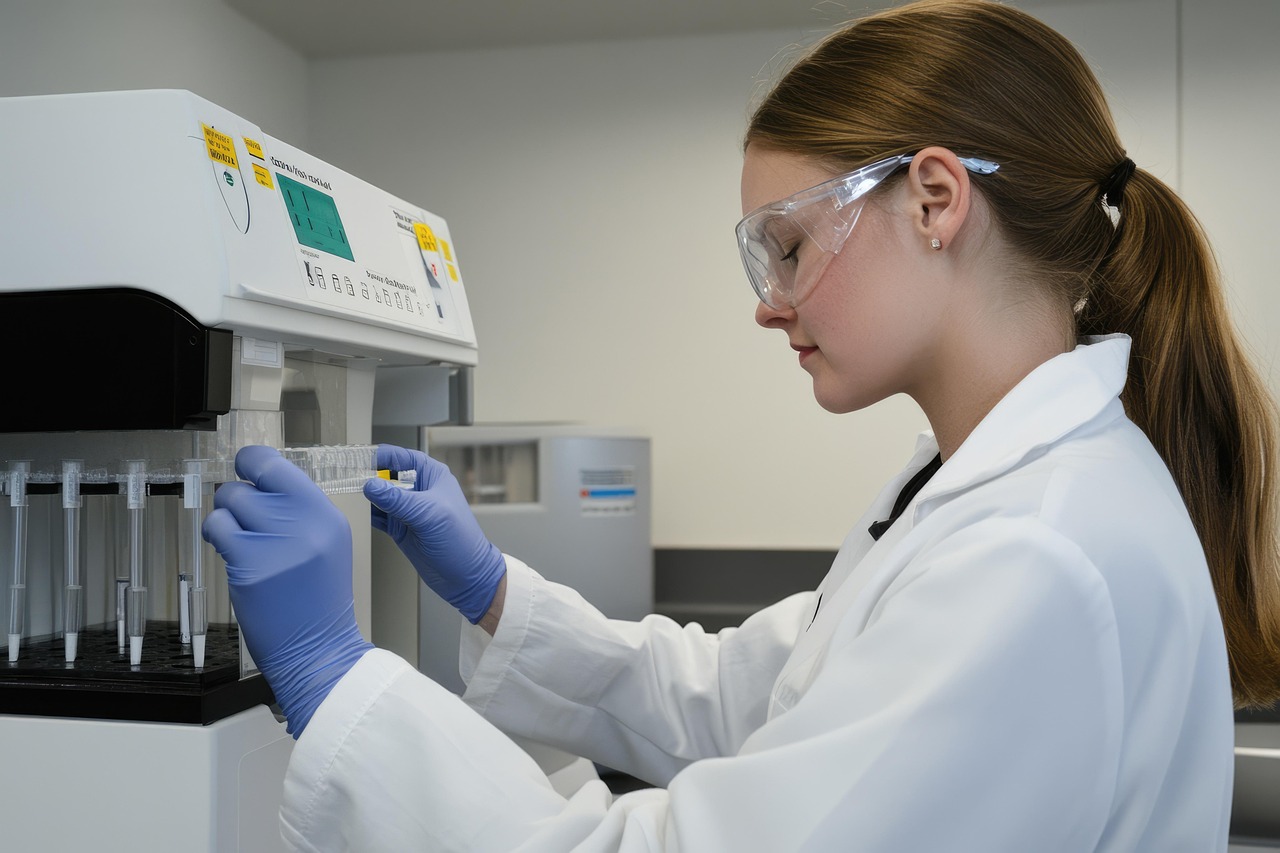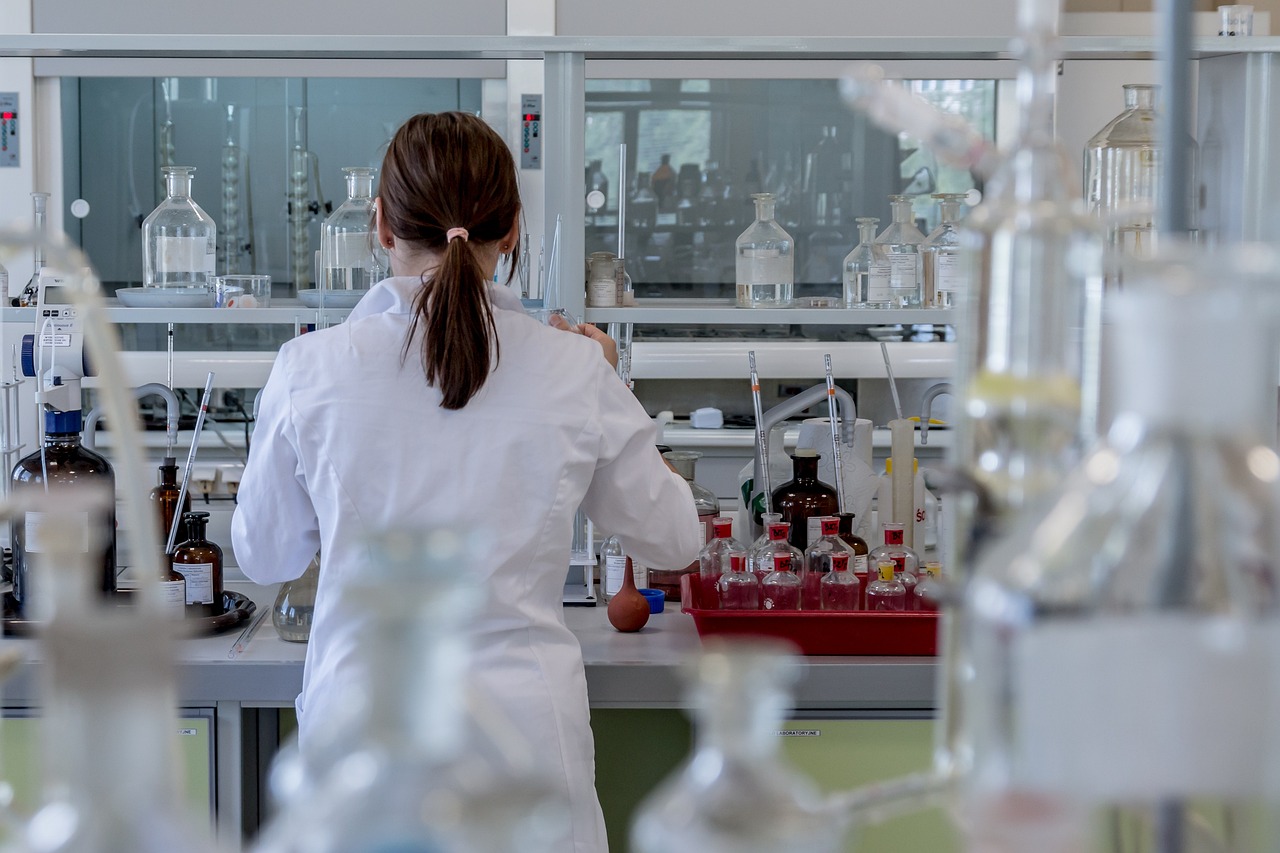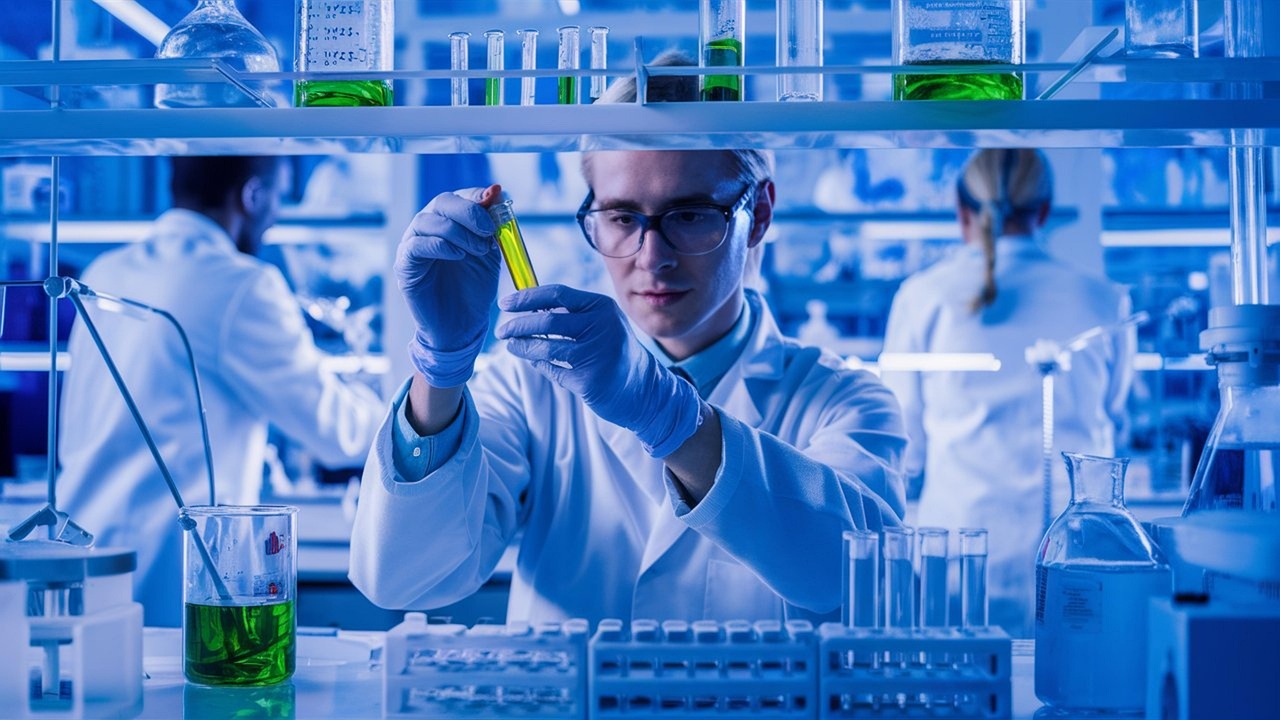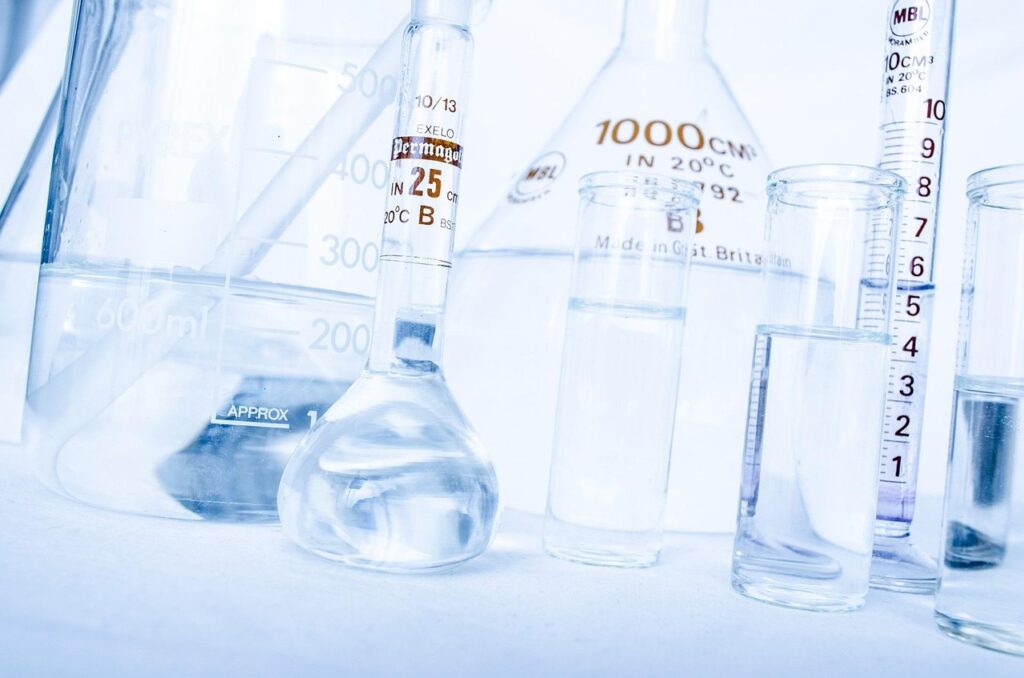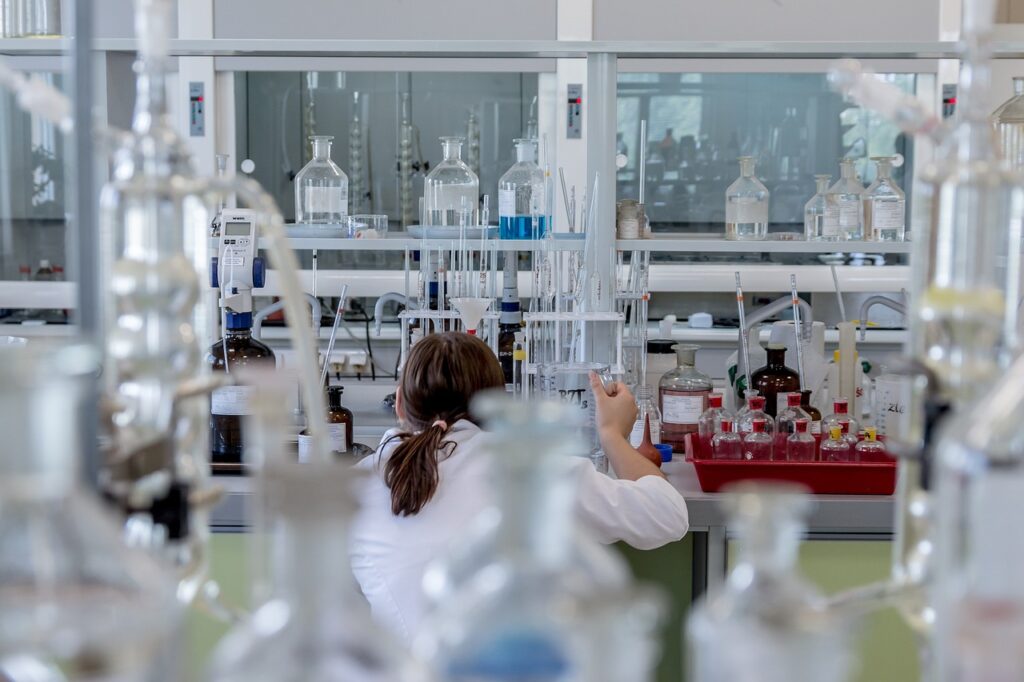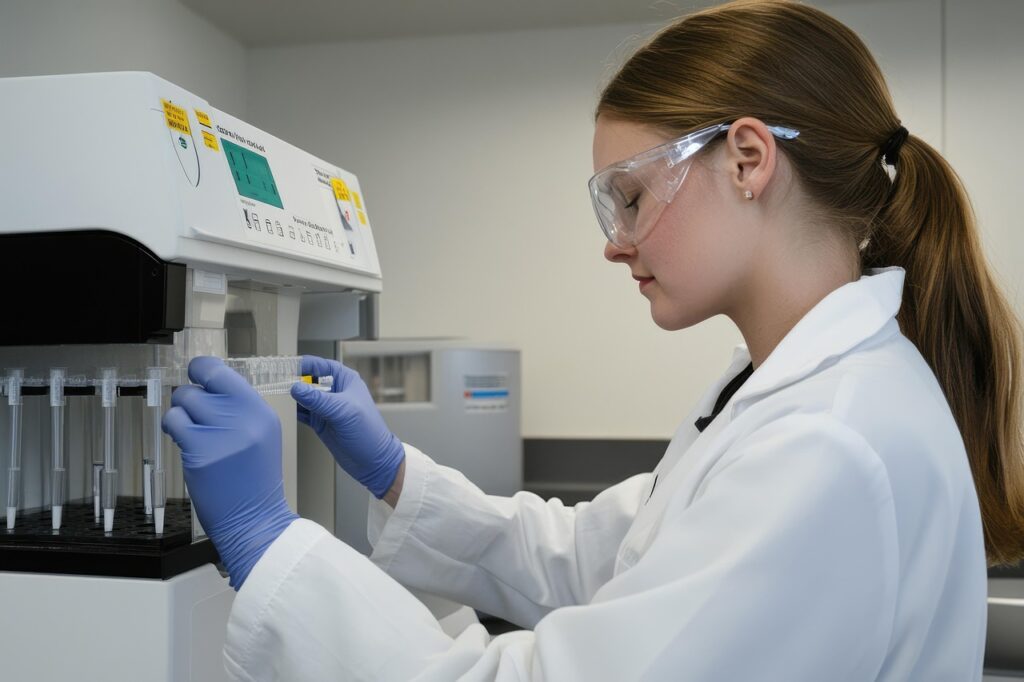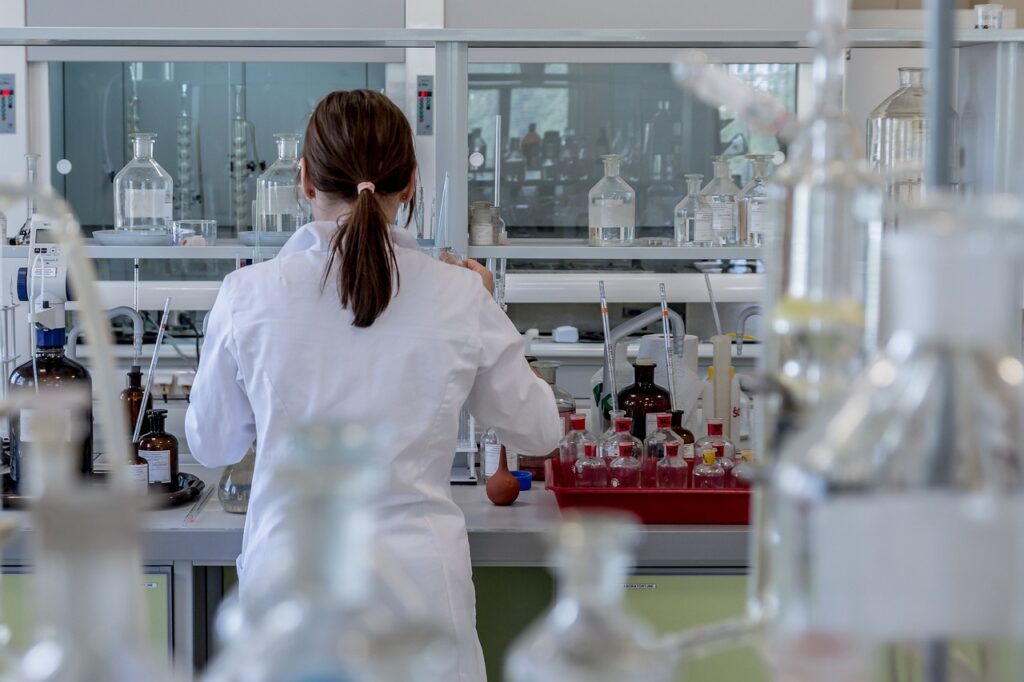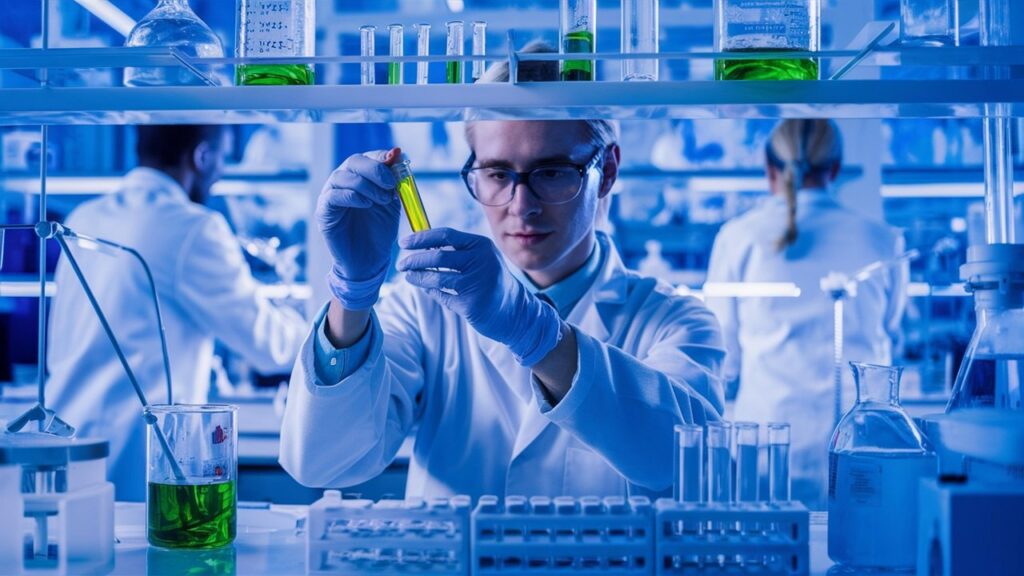A crucial step in guaranteeing the nutritional content, safety, and quality of the food we eat is chemical food analysis. The requirement for accurate testing to track the many components in food has increased along with the sophistication of food production. analysis is essential to preserving the integrity of food items and safeguarding the health of consumers, from assuring food safety to confirming nutritional content. This blog will discuss the fundamentals of chemical food analysis, its importance, and the techniques used to guarantee the safety and quality of our food.
The Importance of Chemical Food Analysis
Beyond simply figuring out what’s in our food, chemical food analysis is important. It assists in guaranteeing that the food we consume is wholesome, safe, and devoid of dangerous impurities. Chemical analysis can be used to identify harmful compounds including pesticides, heavy metals, and foodborne pathogens. We wouldn’t be able to determine whether the food we are eating is potentially harmful without these tests. food analysis is a crucial component of contemporary food production since it helps to ensure food safety and avoid foodborne illnesses.
Chemical analysis aids in confirming food’s nutritional value in addition to safety. Manufacturers frequently promote the nutritional advantages of their products in response to growing consumer demand for better food options. These are confirmed by chemical food analysis.
Methods of Chemical Food Analysis
Chemical analysis employs a wide range of approaches, from conventional methods to more sophisticated technologies. The type of food being tested and the particular substances that need to be recognized determine the procedure that is used. Among the most widely used techniques in chemical analysis are mass spectrometry, chromatography, and titration.
A traditional technique for determining the concentration of particular compounds in food, such as a product’s acidity or alkalinity, is titration. Chromatography, which includes methods like high-performance liquid chromatography (HPLC) and gas chromatography (GC), is frequently used to find chemical residues in food products, such as preservatives or pesticides. Another effective method for identifying and measuring substances in food, such as pollutants and additives, is mass spectrometry.
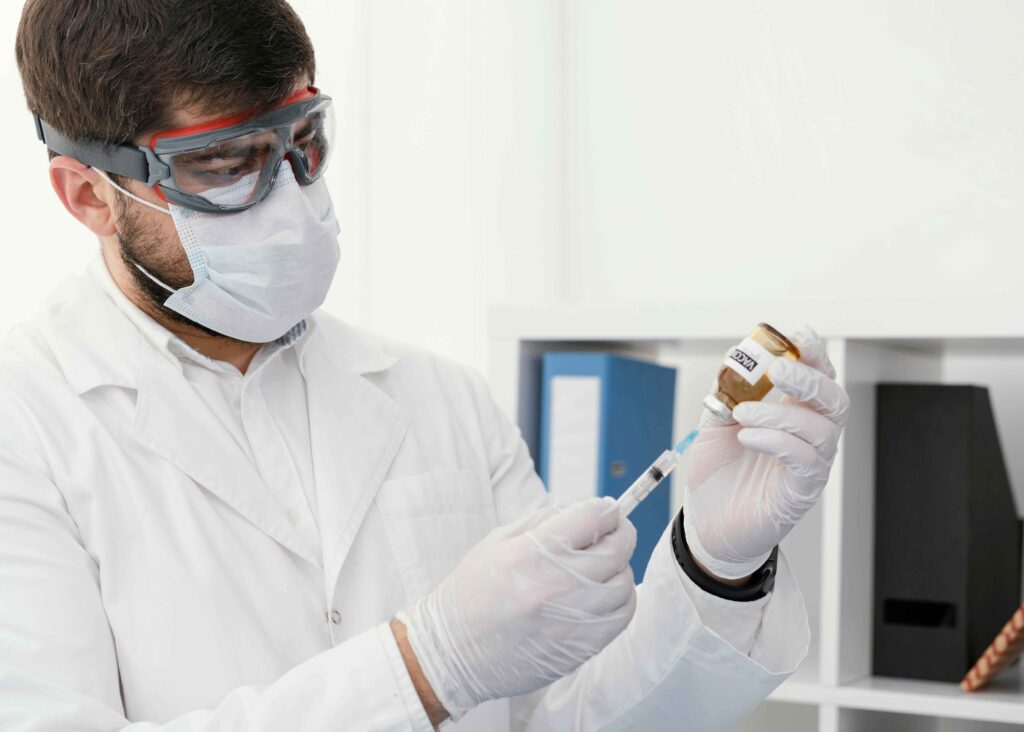
Applications of Chemical Food Analysis
There are many different businesses and facets of food production where chemical analysis finds use. Chemical testing is crucial for food businesses to maintain quality control. It helps guarantee that food products are consistent throughout production batches and fulfill the required safety and quality criteria. Food testing is essential for confirming the nutritional claims listed on product labels in addition to quality control. It would be impossible to verify if a product has the specified quantity of vitamins, minerals, or other nutrients without chemical testing.
Chemical relies heavily on food testing labs. These specialized facilities have the equipment and know-how to analyze food samples for a variety of chemicals. They supply meals with necessary services.
Food testing laboratories play a vital role in chemical food analysis. These specialized facilities are equipped with the tools and expertise to test food samples for a wide range of chemical substances. They provide essential services to food manufacturers, regulatory agencies, and even consumers who want to verify the quality and safety of the food they are purchasing. Whether it’s testing for contaminants, verifying nutrient levels, or ensuring compliance with food safety regulations, food testing laboratories are critical in maintaining the integrity of the food supply chain.
Why Choose a Food Testing Laboratory?
Selecting the appropriate food testing lab is essential to getting precise and trustworthy results. To perform food analysis, an accredited food testing laboratory uses the newest technology and adheres to standard operating standards. The kinds of tests offered, the staff’s level of experience, and the lab’s compliance with food safety regulations are all key considerations when choosing one. In addition to rapid results and lucid reports, a quality laboratory will assist manufacturers and consumers in making well-informed decisions on the safety and quality of food.
Accreditation is another important factor when choosing a food testing laboratory. Laboratories that are accredited by national and international bodies, such as ISO 17025, ensure that they meet the highest standards for testing procedures and accuracy. By selecting an accredited laboratory, food manufacturers and consumers can be confident that the chemical analysis conducted on food products is reliable and trustworthy.
The Role of Chemical Food Analysis in Food Safety
It is impossible to overstate the importance of analysis to food safety. Chemical testing is used to make sure that food items meet different food safety laws, as well as to discover pollutants and confirm nutrient content. Chemical analysis is used by regulatory organizations like the Food and Drug Administration (FDA) and the Food Safety and Standards Authority of India (FSSAI) to keep an eye on food safety and enforce regulations. To make sure they adhere to safety regulations, these organizations analyze food samples from marketplaces, food manufacturing facilities, and dining establishments. These organizations assist in preventing the distribution of contaminated food and shielding customers from dangerous substances by regularly performing chemical testing.
Food safety is a critical concern in the modern food industry, and chemical analysis provides the tools needed to safeguard public health. Whether testing for pesticide residues, heavy metals, or foodborne pathogens, food analysis ensures that the food supply is safe and that consumers can trust the products they purchase. As food production continues to evolve and grow, the role of chemical analysis will remain essential in maintaining the safety and integrity of the global food supply.
Conclusion
An essential instrument for guaranteeing the authenticity, safety, and quality of food products is chemical food analysis. Food testing labs assist in safeguarding consumers from dangerous contaminants, validate food labeling, and guarantee that food products fulfill the highest quality requirements by using sophisticated testing techniques and stringent protocols. The significance of chemical analysis in food safety will only grow as the food sector encounters new difficulties and customer expectations rise. To make sure that the food we eat is safe, nourishing, and of the highest quality, it is essential to comprehend the fundamentals of chemical food analysis, whether you work for a regulatory body, a food manufacturer, or a customer.

